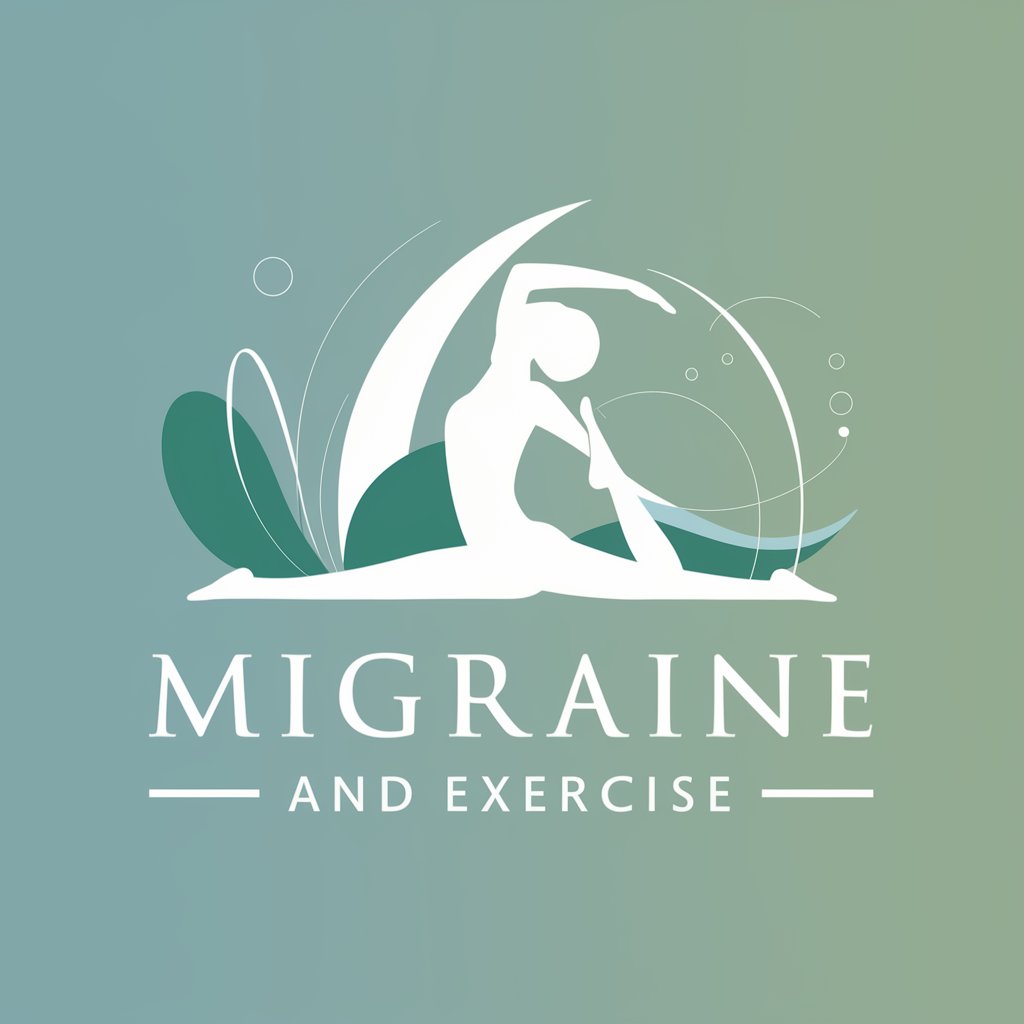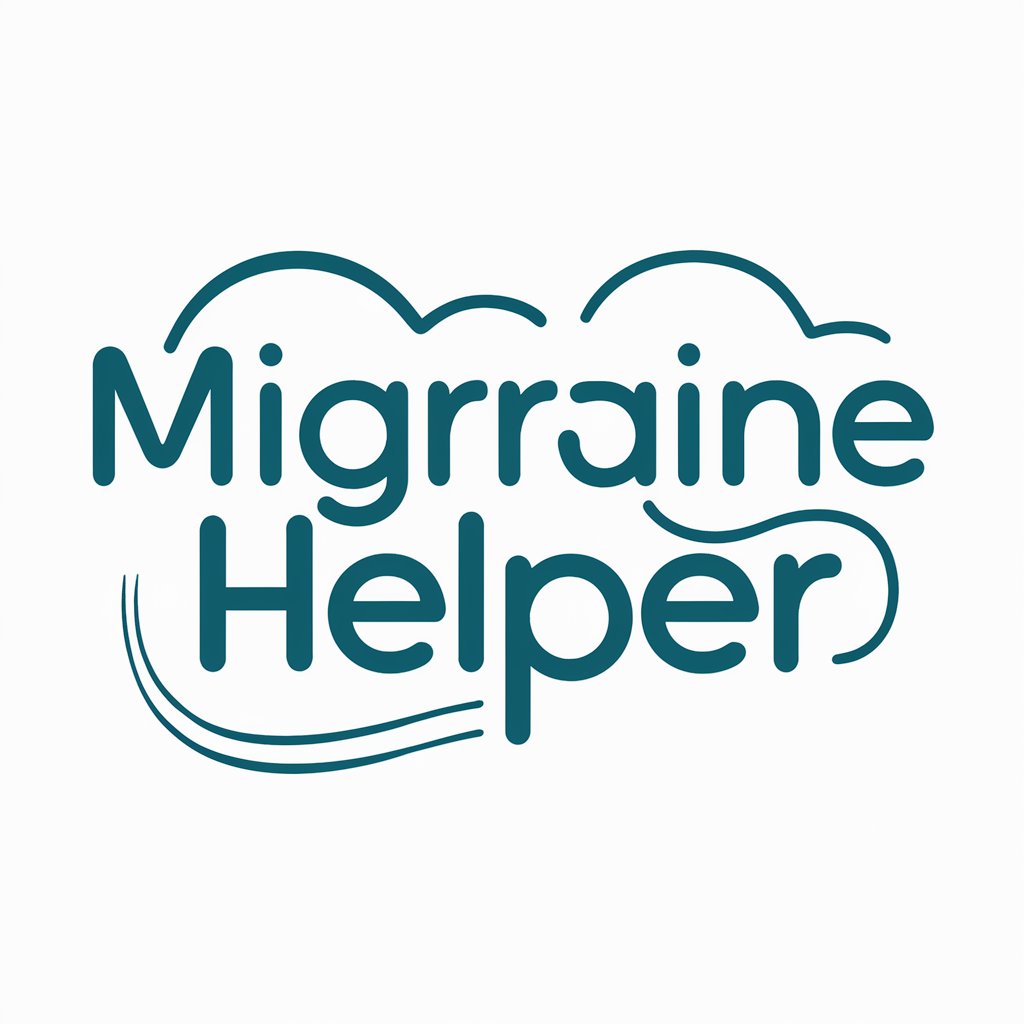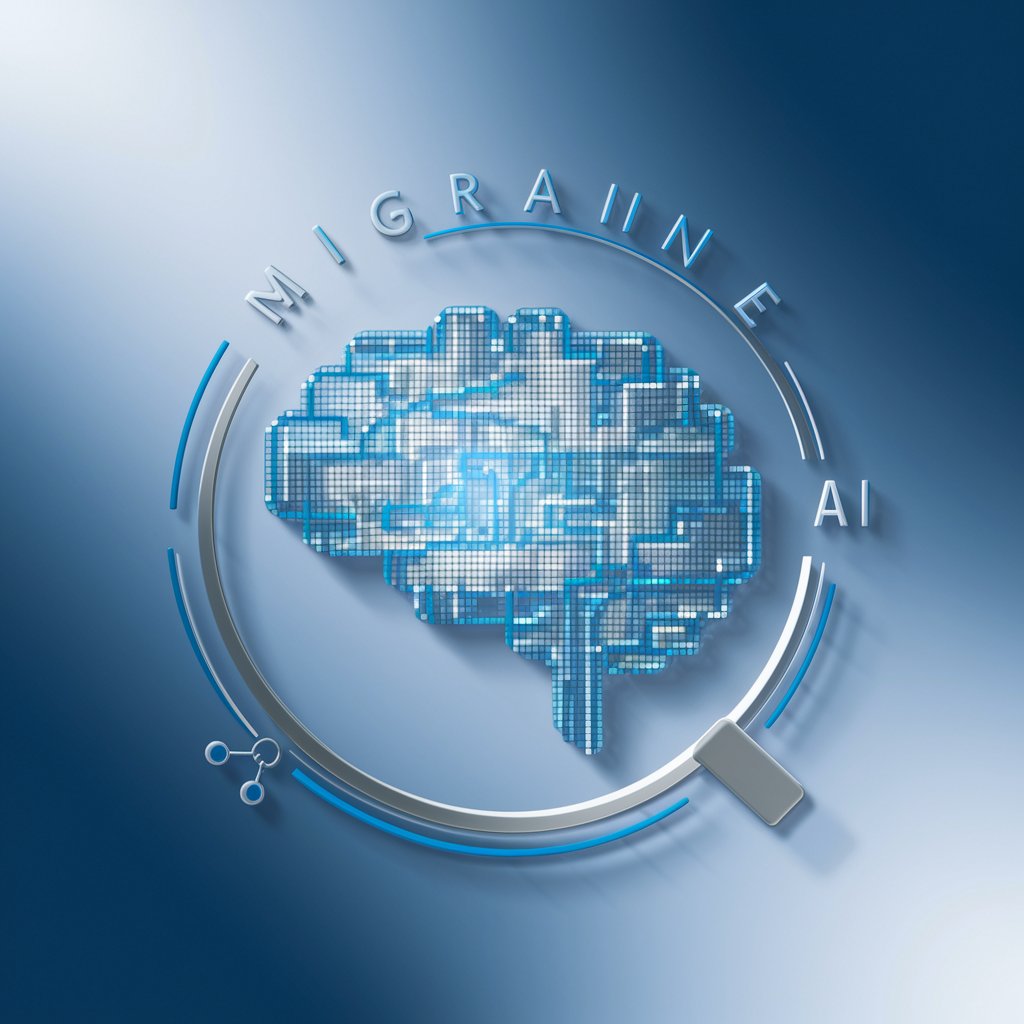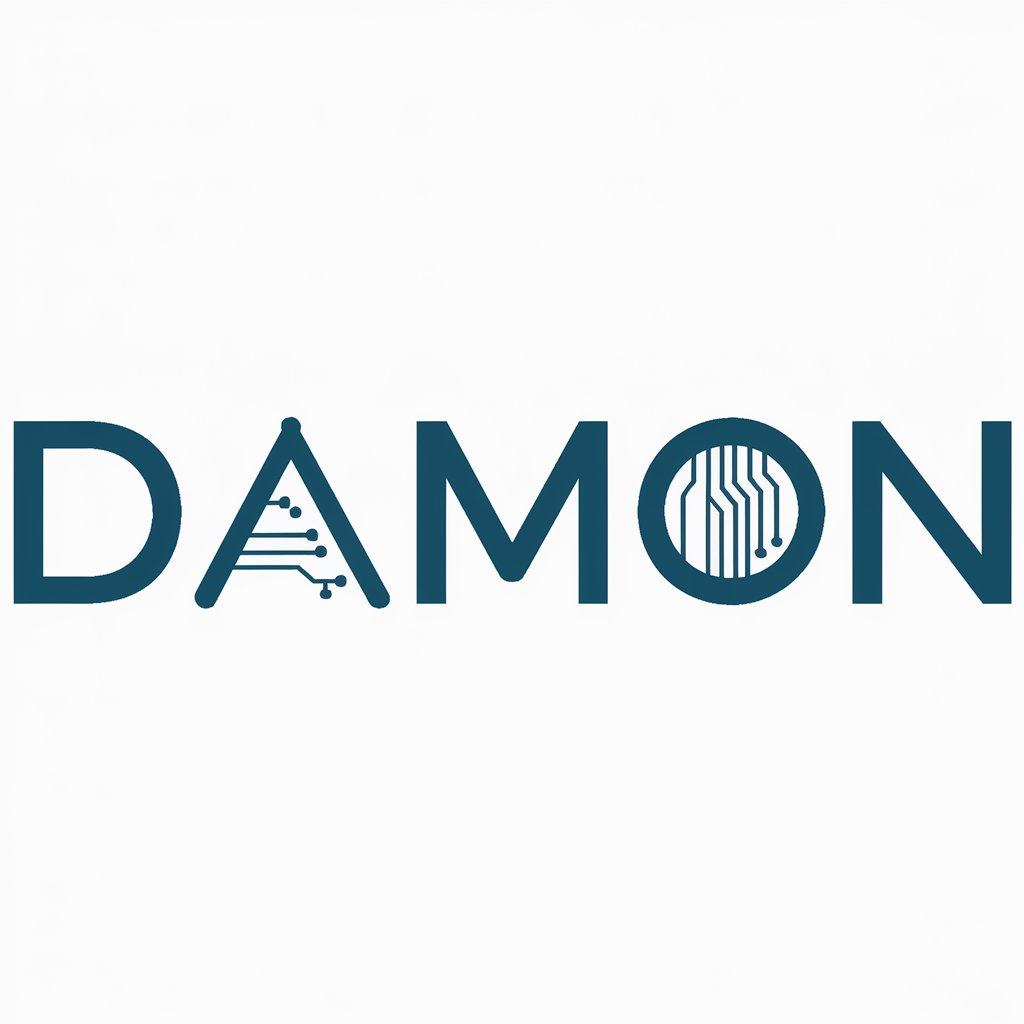Migraine and Exercise - Guide on Exercise for Migraine

Welcome! Let's explore how exercise can help manage migraines.
Empowering migraine relief through exercise
What types of exercises are generally beneficial for managing migraines?
Can regular physical activity help reduce the frequency of migraines?
Are there specific exercises that should be avoided by migraine sufferers?
How can lifestyle changes complement exercise in managing migraines?
Get Embed Code
Introduction to Migraine and Exercise
Migraine and Exercise is designed as a specialized informational tool aimed at individuals who experience migraines and are interested in understanding how exercise might impact their condition. Rooted in general wellness and preventive health principles, it provides guidance on suitable physical activities, the potential benefits of regular exercise on migraine frequency and intensity, and offers general wellness tips relevant to migraine sufferers. Through encouraging a balanced and mindful approach to physical activity, Migraine and Exercise aims to empower users with knowledge on managing their condition more effectively. For instance, it might suggest gentle yoga sessions for someone frequently experiencing migraines, illustrating how low-impact exercises can potentially reduce stress and trigger frequencies. Powered by ChatGPT-4o。

Main Functions of Migraine and Exercise
Providing Exercise Recommendations
Example
Yoga, walking, and swimming are often highlighted as beneficial exercises. These activities are generally low-impact and can help in reducing stress, a common trigger for migraines.
Scenario
A user experiences migraines aggravated by high-intensity workouts. Migraine and Exercise suggests transitioning to brisk walking or swimming, explaining how these activities offer cardiovascular benefits without the high impact.
Offering Wellness Tips
Example
Hydration, sleep quality, and diet adjustments are discussed as factors that can influence migraine patterns. Strategies for incorporating these aspects into daily routines are provided.
Scenario
A user struggling with sleep and frequent migraines receives advice on establishing a consistent bedtime routine and the potential benefits of magnesium-rich foods for improving sleep and possibly reducing migraines.
Encouraging Professional Consultation
Example
While providing general guidance, Migraine and Exercise always emphasizes the importance of consulting healthcare professionals for personalized advice.
Scenario
Upon describing specific symptoms or conditions, users are reminded to seek a professional diagnosis or treatment plan, ensuring they receive care tailored to their unique health profile.
Ideal Users of Migraine and Exercise
Individuals with Migraines
People who experience migraines and seek to manage their condition through lifestyle changes, including exercise, would find this service particularly useful. It caters to those curious about the potential impact of physical activity on their migraine frequency and severity.
Health and Wellness Enthusiasts
This group includes individuals interested in holistic health approaches and preventive care strategies. They might use the service to complement their wellness routine with activities and habits beneficial for migraine prevention and overall health.
Medical Professionals
Healthcare providers looking for resources to recommend to patients could use Migraine and Exercise as a tool. It offers a collection of general advice and information that can assist in patient education on the relationship between exercise and migraines.

How to Use Migraine and Exercise
Start Your Journey
Begin by visiting yeschat.ai for an instant, free trial. No signup or ChatGPT Plus subscription is required.
Identify Your Needs
Consider your specific migraine triggers and physical activity level. This will help tailor the advice to your personal situation.
Explore Exercises
Utilize the platform to discover exercises that can aid in migraine management, focusing on low-impact, steady activities like yoga or walking.
Monitor Your Progress
Keep track of your exercise routine and any changes in your migraine patterns to assess the effectiveness of your new regimen.
Consult Professionals
Always seek advice from healthcare professionals before making significant changes to your exercise routine, especially if you have concerns about how it may affect your migraines.
Try other advanced and practical GPTs
Migraine-free Chef
Navigate your diet, avoid migraine triggers

Migraine Manager
Empower Your Migraine Journey with AI

MigraineX
Empowering Migraine Management with AI

OcuX
Empowering intelligence, enhancing capabilities

Migraine Helper
AI-Powered Migraine Guidance

Powerpoint Art Creator
Transform ideas into visuals with AI.

migraine trigger detector
AI-Powered Migraine Trigger Identification

Migraine
Empowering Migraine Understanding with AI

Unfriendly "Helper"
Your AI-powered roast master.

Rick Sanchez
Wisdom and sarcasm, combined.

MAMAN
Your Personal AI Parenting Partner

damon
Powering Inquiries with AI Precision

Migraine and Exercise Q&A
Can exercise help reduce migraine frequency?
Yes, regular, moderate exercise has been shown to help in managing migraine frequency for some people by reducing stress, improving sleep, and stimulating the release of endorphins, the body's natural painkillers. However, it's important to start slowly and consult with a healthcare professional.
What type of exercise is best for someone with migraines?
Low-impact exercises such as yoga, swimming, and walking are often recommended for individuals with migraines. These activities can help manage stress and improve cardiovascular health without overly straining the body, which is crucial for those prone to migraines.
How often should I exercise to help manage my migraines?
The ideal frequency can vary based on individual health and fitness levels, but generally, aiming for at least 150 minutes of moderate aerobic activity or 75 minutes of vigorous activity per week, as recommended by health guidelines, can be beneficial. Adjust according to how your body responds.
Are there any precautions I should take when exercising to avoid triggering a migraine?
Yes, it's important to stay hydrated, avoid extreme heat or high altitudes, and ensure you're eating enough before exercising. Listening to your body and stopping exercise at the first sign of a migraine is also crucial. Consult with a healthcare provider for personalized advice.
Can the intensity of exercise affect migraines?
Indeed, high-intensity exercises may trigger migraines in some individuals. Starting with low to moderate intensity and gradually increasing the intensity while monitoring how your body responds can help identify the right balance for managing migraines.
